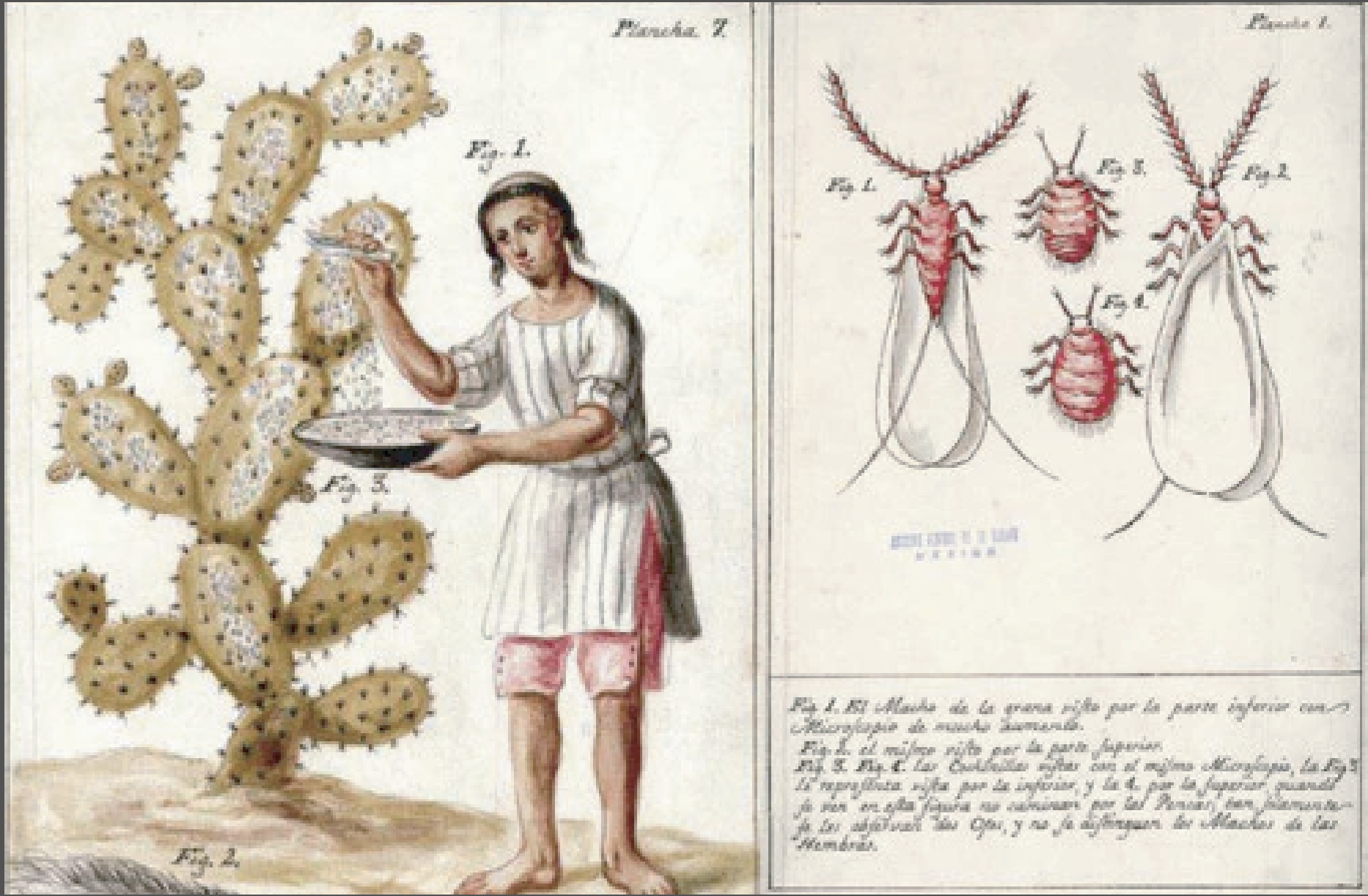What Historical Clothing Can Teach Us About Sustainable Fashion
We throw around terms like slow fashion, zero waste, and sustainability a lot these days — often attached to tech innovation, next-gen materials, or circular fashion startups.
But here’s the thing: these concepts aren’t new. They’ve always existed.
For centuries, cultures across the world — especially in Mexico — have been designing clothing systems that are sustainable by nature. Not by trend. Not by regulation. But by relationship: to land, to fiber, to community.
In this post, I want to share a few of the incredible practices I’ve been researching — and frankly, nerding out about — that prove historical clothing design still holds the blueprint for our most sustainable fashion futures.
Zapotec Weavers
Continuing on their heritage of their ancestors!
📏 Zero-Waste Isn’t a Trend — It’s a Tradition
Before laser cutters and patterning software, people made garments that aligned with the physical limitations of the loom.
Take the huipil, for example — a traditional garment worn by Indigenous women throughout Mexico and Central America. It’s made from full-width panels of handwoven cloth, sewn together with minimal cutting. The shape is often rectangular, preserving as much of the fabric as possible.
Why?
Because fabric wasn’t just a resource — it was often currency. Wasting it would be like cutting up a dollar bill.
This isn’t “zero-waste” in the Pinterest, modern-minimalist sense. It’s deeper. It’s about respecting labor, land, and limits.
It’s fashion with boundaries — and that’s where true creativity happens.
🌵 The Dye That’s Disappearing
Nopales Cactus Fruiting
The conchineal bug lives on this plant.
Let’s talk about cochineal.
It’s a bright red pigment made from tiny insects that live on nopal cactus, and it was once one of Mexico’s most valuable exports — used in royal robes, Renaissance art, and military uniforms.
Today, it’s becoming harder to source.
Why? Climate change.
The cactus is dying in some regions due to prolonged droughts, which means the bugs don’t thrive, which means less pigment.
The price of authentic cochineal dye is rising fast — but the cost isn’t just financial. It’s ecological. Cultural. Generational.
Natural dye systems are built on local ecosystems and intergenerational knowledge. And when climate shifts, so does everything built on that balance.
🪡 The Genius of the Backstrap Loom
Long before pedal looms came with European colonization, Indigenous weavers in Mexico used — and still use — backstrap looms.
These looms are genius. They’re:
Portable
Body-powered
Tension-controlled by the weaver’s own posture and movement
They’re not just tools. They’re an extension of the maker’s body.
And unlike industrial looms, they don’t require electricity, factories, or scale.
Chiapas
They’re not just tools. They’re an extension of the maker’s body.
🪢 Nearly Forgotten Fibers: Ixtle
Before cotton became the default, Mexico used a fiber called ixtle — made from agave plants. It’s coarse, stiff, and strong — perfect for bags, sandals, rope, and even workwear.
It’s also renewable, biodegradable, and growing right there in the desert.
Today, ixtle is having a small resurgence as a replacement for plastic bags in some rural areas. It’s a reminder that the materials we need might already be here — we’ve just forgotten how to work with them.
💭 Final Thoughts: Fashion as Memory
What all these traditions share — from cochineal dye to rectangle-shaped huipiles — is a common thread:
They reflect a relationship to land, time, and labor.
They weren’t “sustainable” because they had to be.
They were sustainable because the people who made them lived in balance with what they had.
If you’re a designer, creator, or fashion lover today, I hope this inspires you to think differently about where you source inspiration — and where we need to go next.
Because the truth is:
Sustainable fashion doesn’t begin with innovation. It begins with preservation. Whatever it is, the way you tell your story online can make all the difference.






